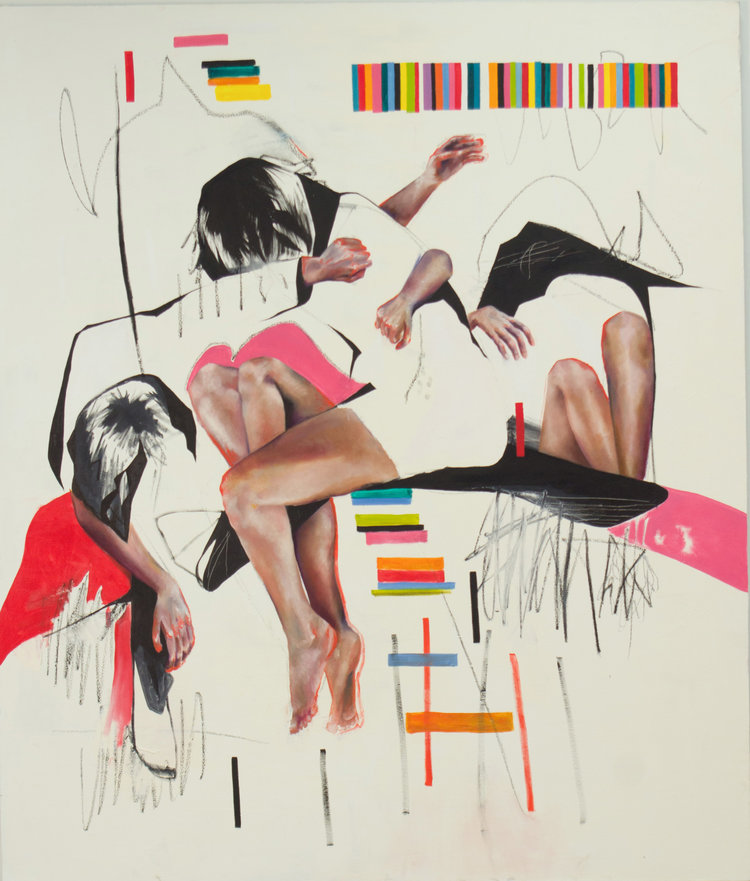The Francis McCray Gallery of Contemporary Art at Western New Mexico University (WNMU) celebrated the opening of the Edwina and Charles Milner Women in the Arts: Eva Gabriella Flynn exhibition on Thursday, October 23, 2025, with a vibrant opening reception that drew students, faculty, and members of the local arts community.
Attendees had the first opportunity to view Flynn’s works, featured as part of the esteemed Edwina and Charles Milner Women in the Arts Lecture and Exhibition Series.
Flynn’s exhibition, which runs through November 20, 2025, showcases her dynamic artistry, emphasizing themes of environmental connection and color exploration. Her work is a captivating addition to the gallery’s commitment to highlighting the voices and perspectives of women in the arts.
The series is a key part of the WNMU Cultural Affairs programming, designed to foster representation and critical dialogue through contemporary art.
The exhibition follows the artist’s engagement with the community, which included a Desert Colors Natural Dye Workshop demonstrating the McCray Gallery’s function as a hands-on teaching and research space.
Gallery Director Jill Winburn expressed gratitude for the robust turnout and enthusiasm for the new show. “It was wonderful to see the community gather to celebrate Eva Gabriella Flynn’s powerful work,” said Winburn. “The Milner Women in the Arts series continues to be an essential platform for showcasing the talent and intellectual depth of women artists, and Flynn’s pieces truly resonate with our mission to connect art and environment.”
Themes in Eva Gabriella Flynn’s Artwork include works deeply rooted in the physical and psychological landscapes of the U.S.-Mexico border region. Her art is a powerful blend of the personal and the political, exploring different themes.
Flynn’s work, which often includes meticulously drawn maps and flags, inhabits the uncertain, permeable space between two nations. Inspired by her own childhood, Flynn’s experience of having a Mexican immigrant mother and a father who was a prosecutor for Homeland Security parallels the tensions of the border itself. She creates a reality where colonial and imperialist borders do not exist.
The theme of environmental connection is critical, particularly through her use of materials. She incorporates natural dyes and pigments forged in the Chihuahuan Desert; the landscape she calls home. These colors—derived from cochineal bugs, onion scraps, juniper bark, and creosote—literally ground Flynn’s art in the organic material of the desert, emphasizing a shared, ancient environment that predates the political line.
Her imagery weaves together historical narratives, personal memory, and icons of the Southwest and Chicanx culture. Flynn parodies tourist ephemera and crashes different iconographies together to confront old myths and generate a collective memory of home, belonging, and the complexities of the region.
Flynn’s work, such as a long-running painting series of fragmented portraits, explores her “inability to reconcile a body or space in just one location,” reflecting the mixed identity and constant tension of the Borderlands experience. Her flags, for instance, don’t represent a nation, but rather ideals, emotions, and the land itself.
The exhibition is free and open to the public. Gallery hours and more information on the exhibition.




